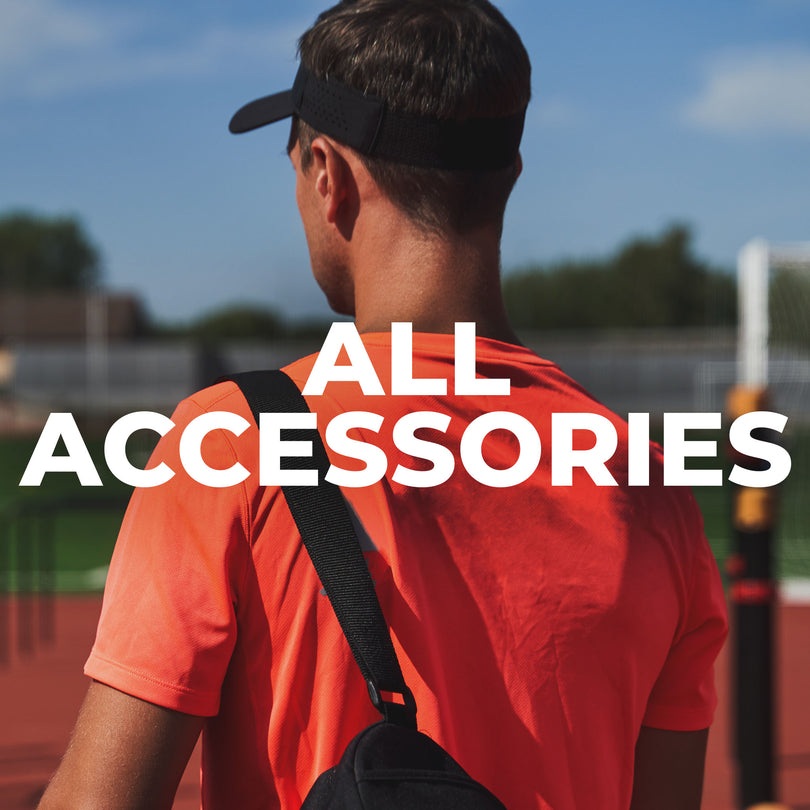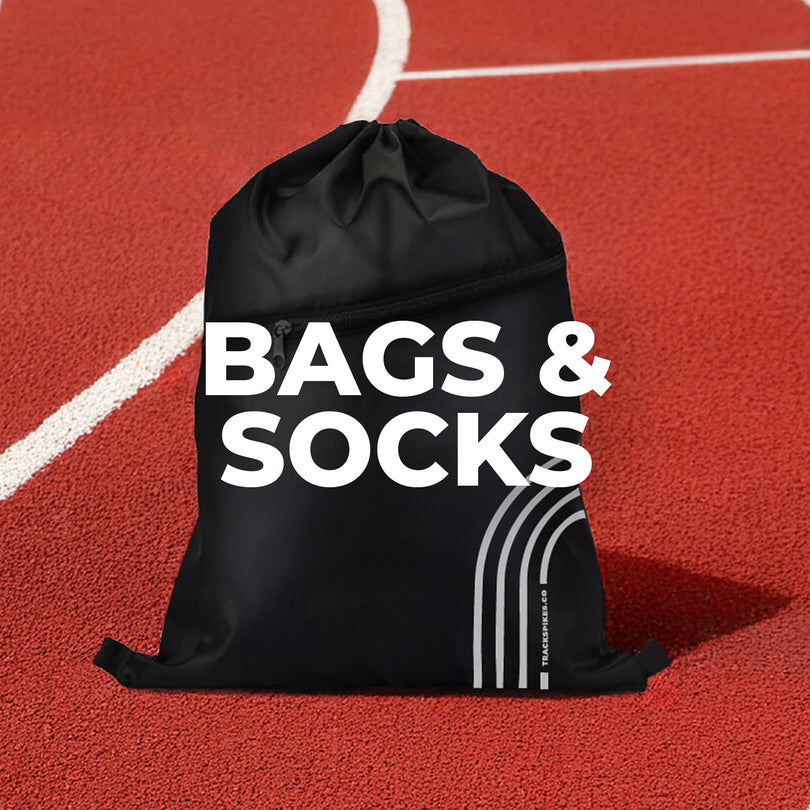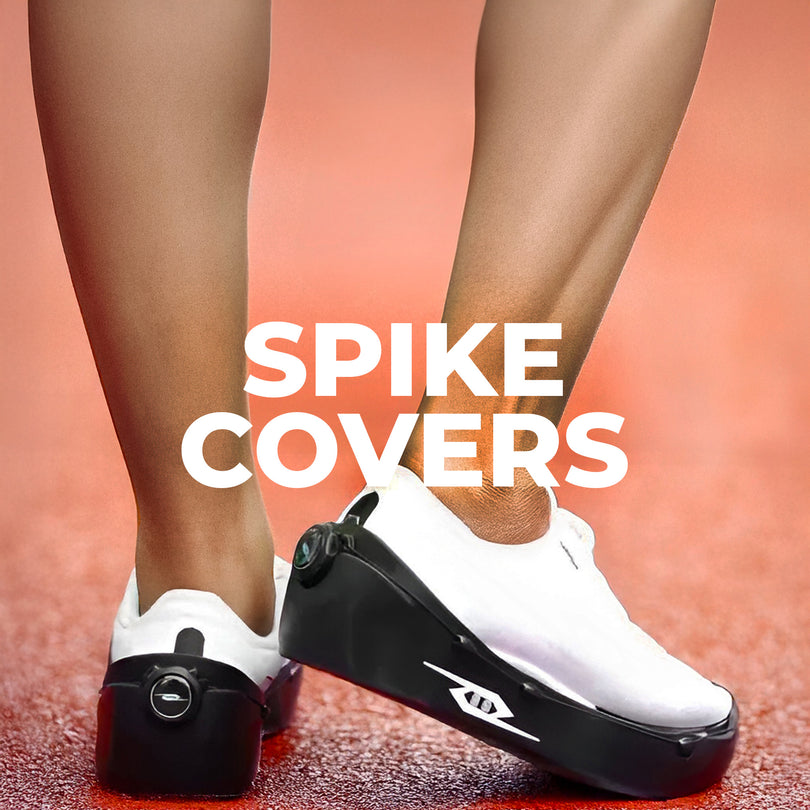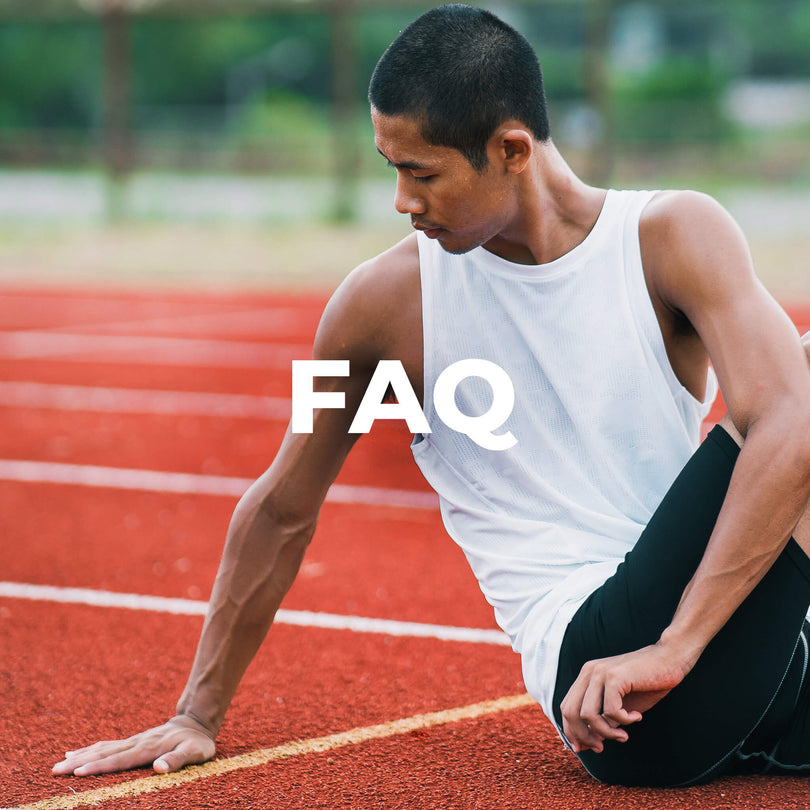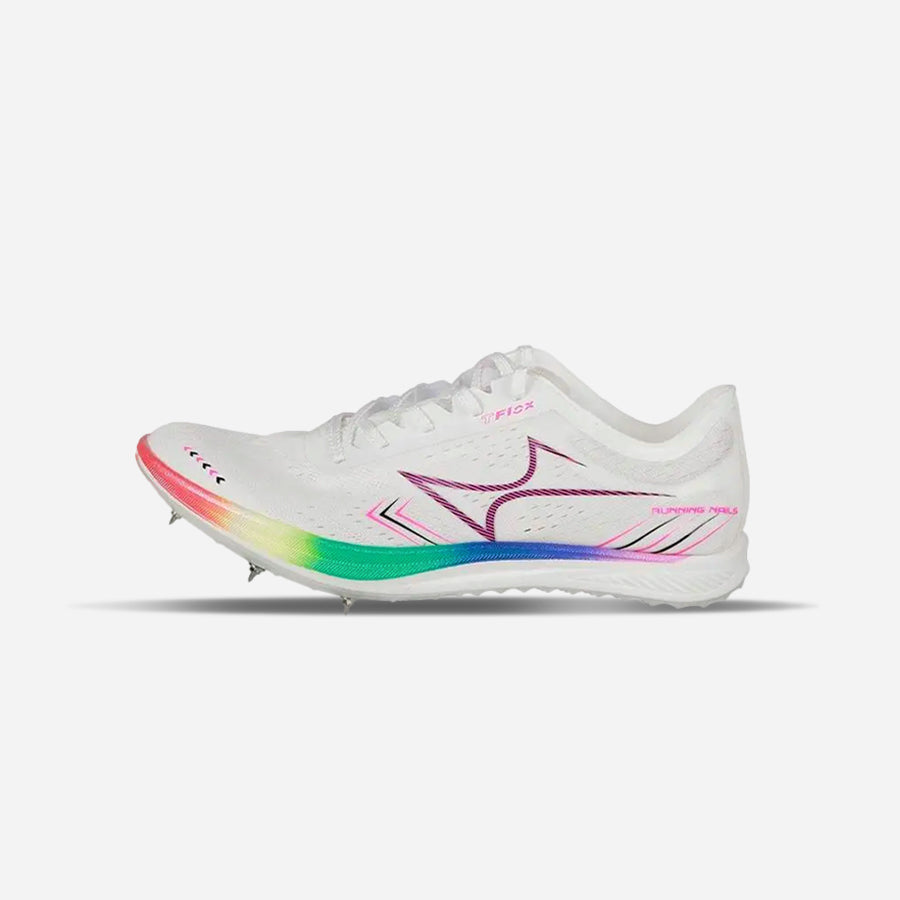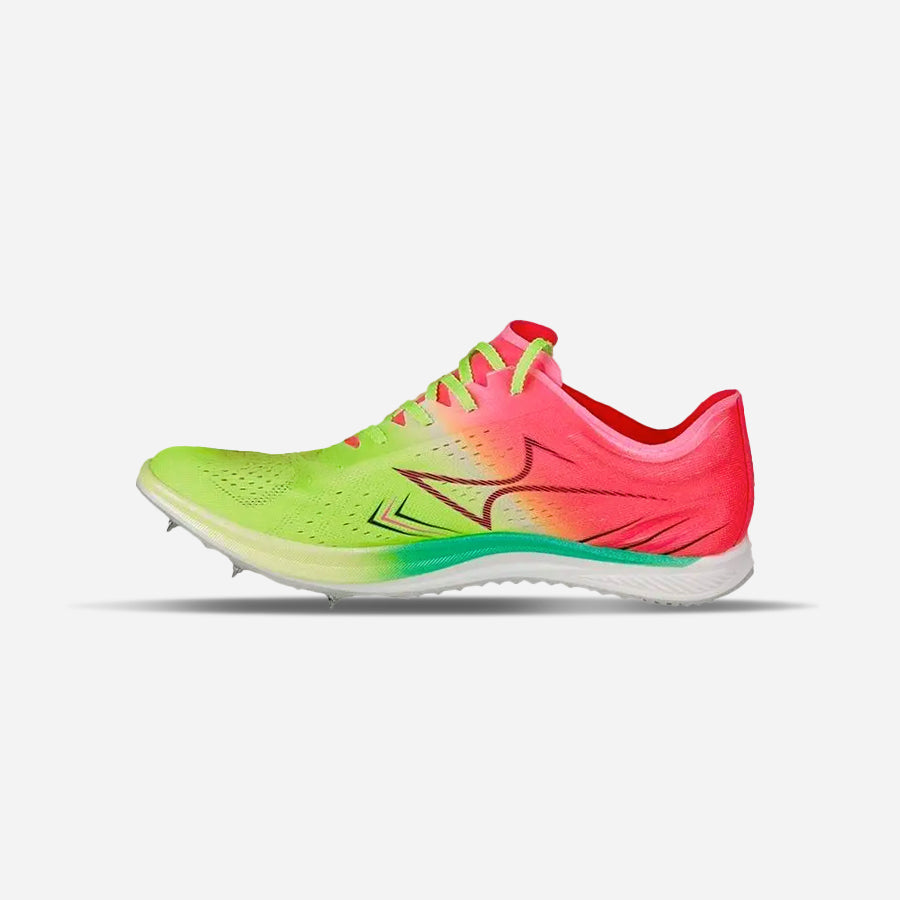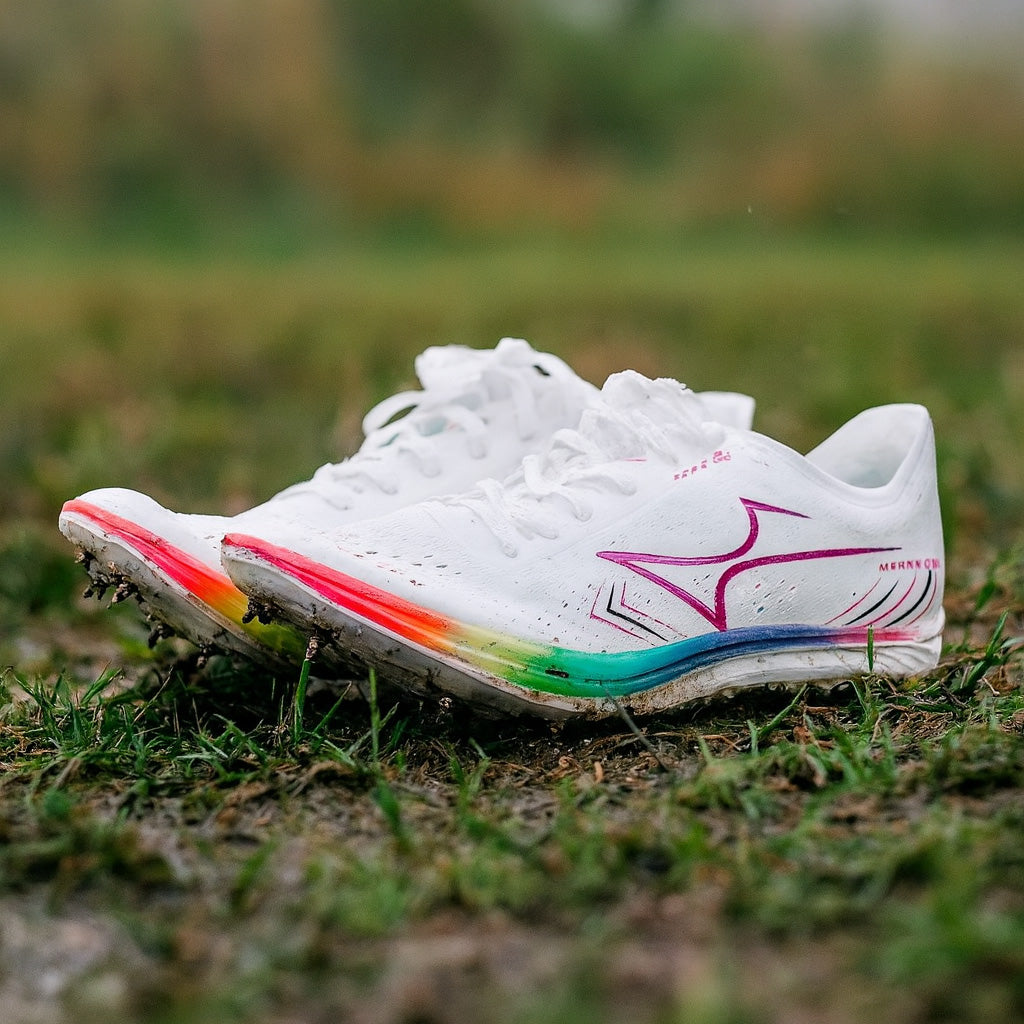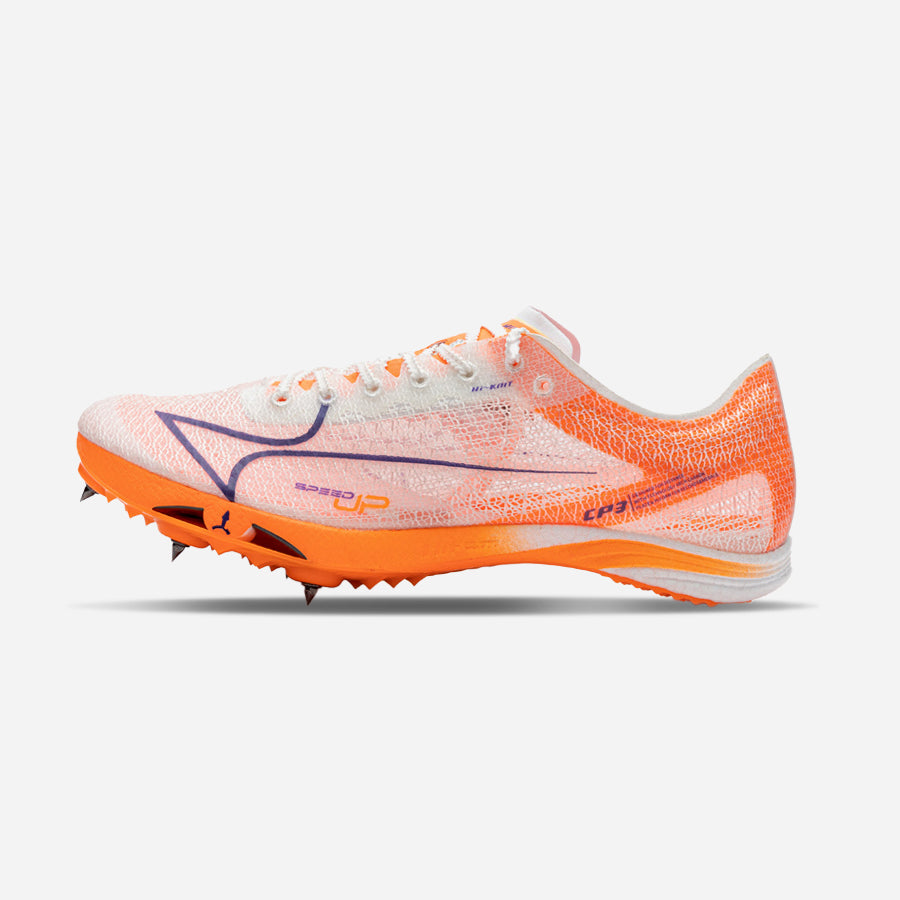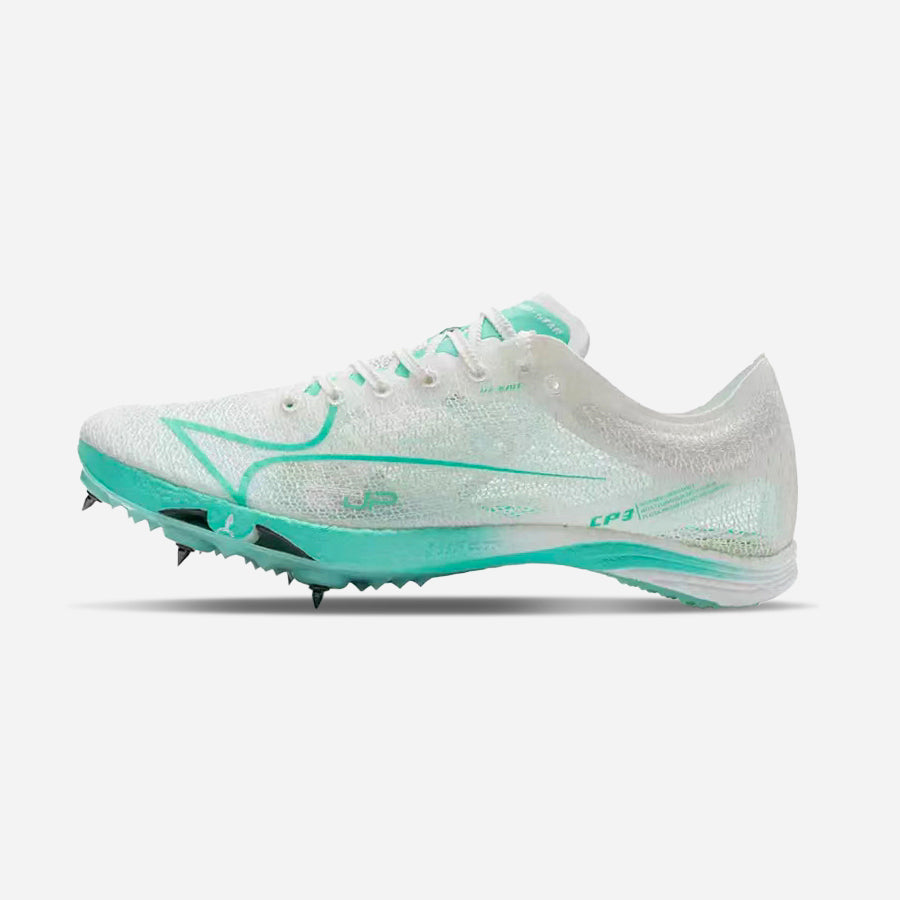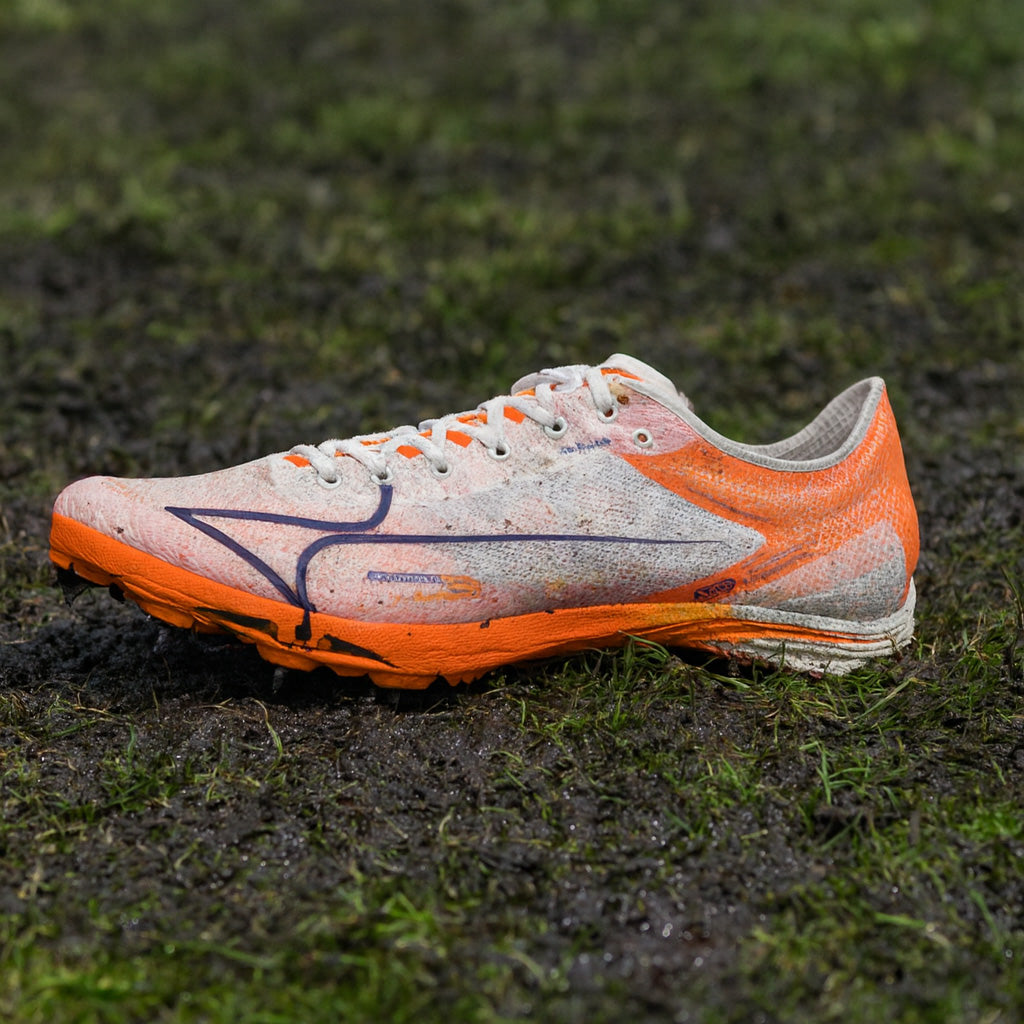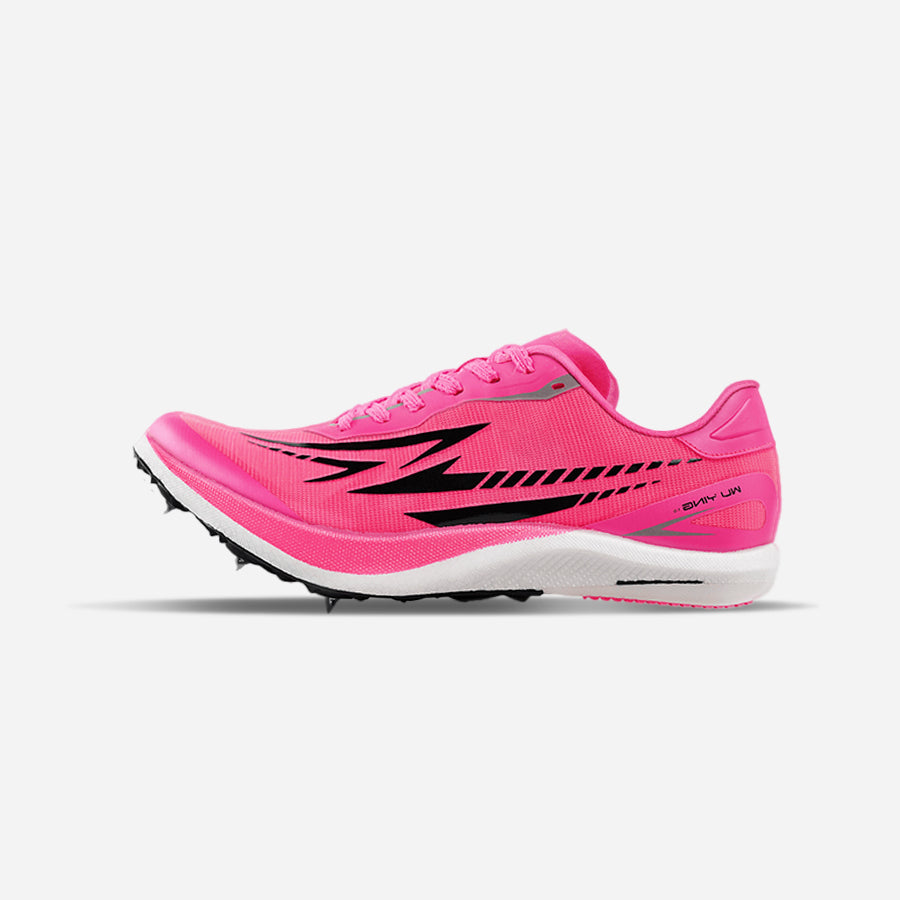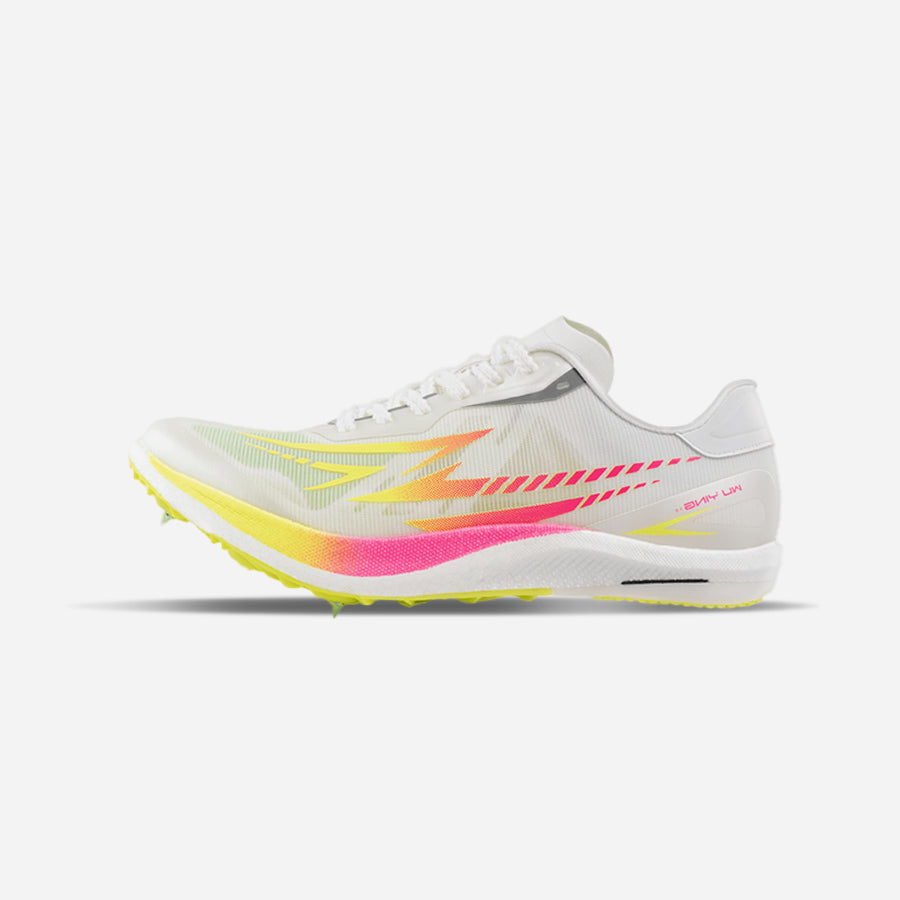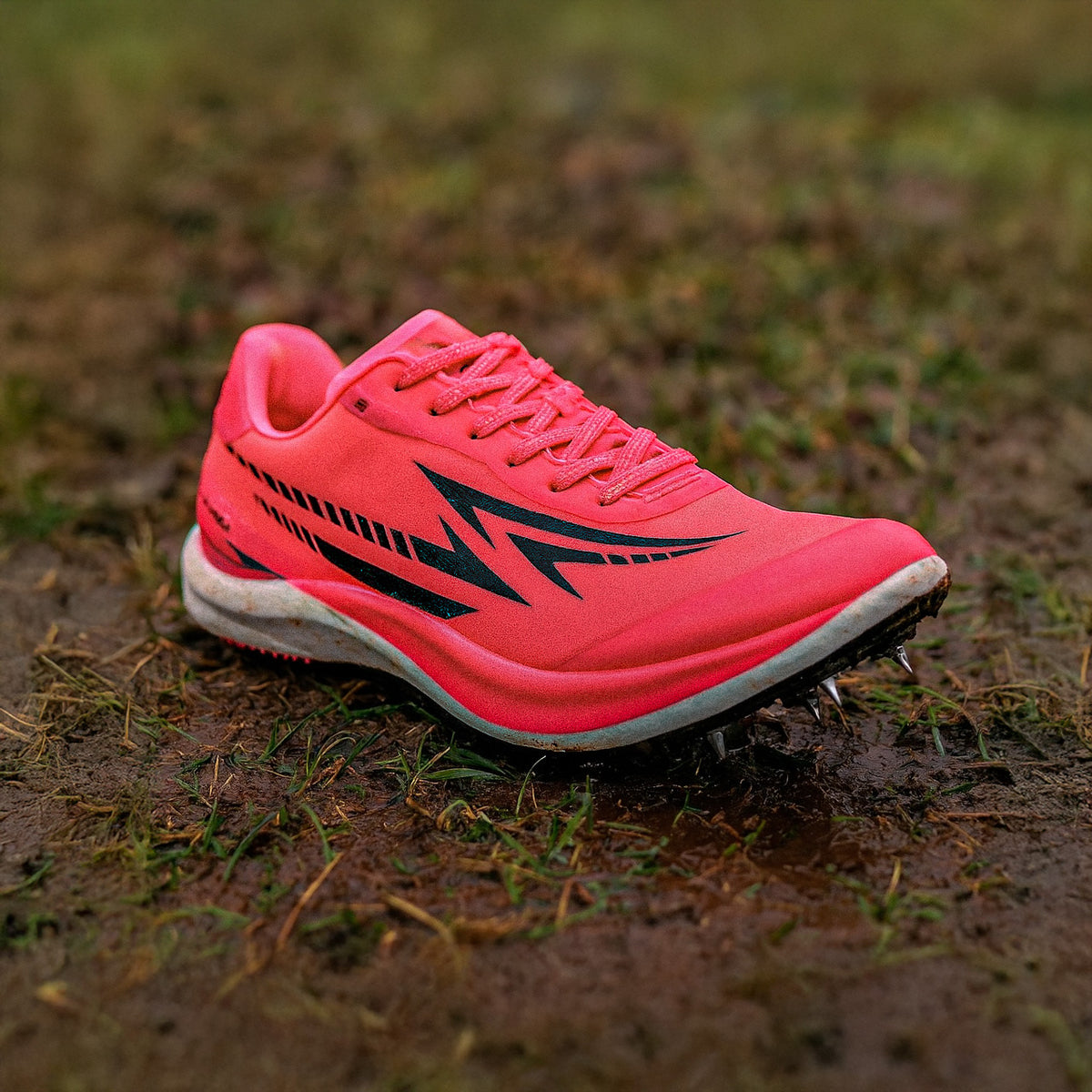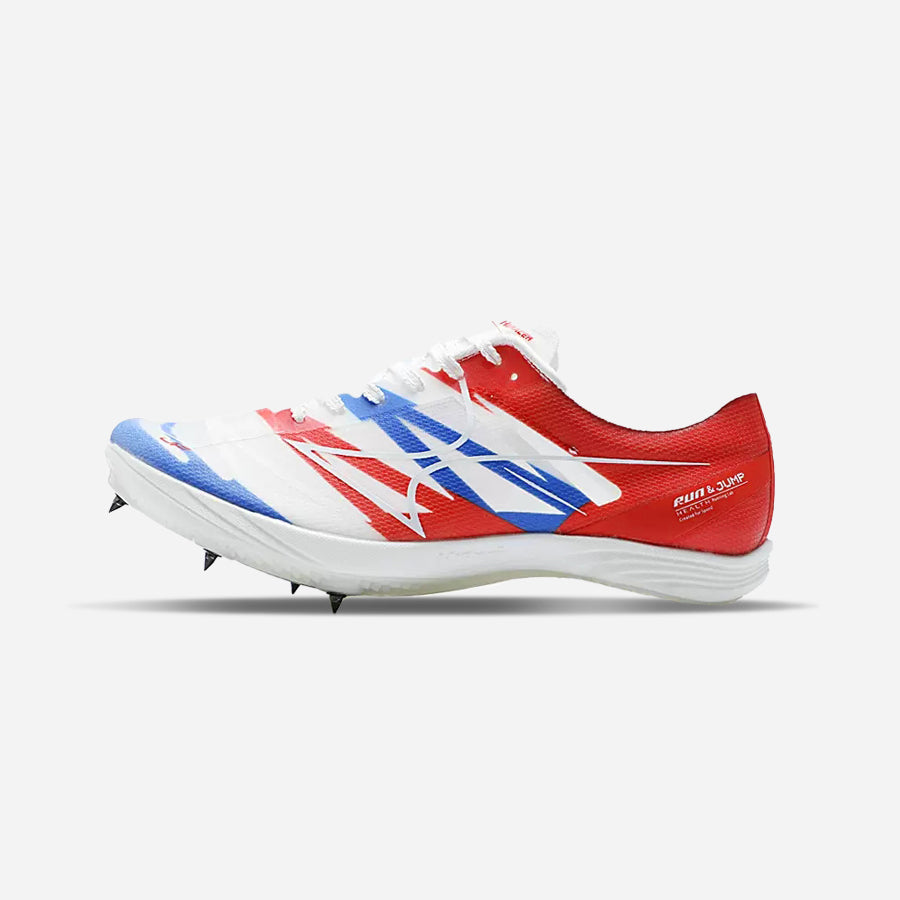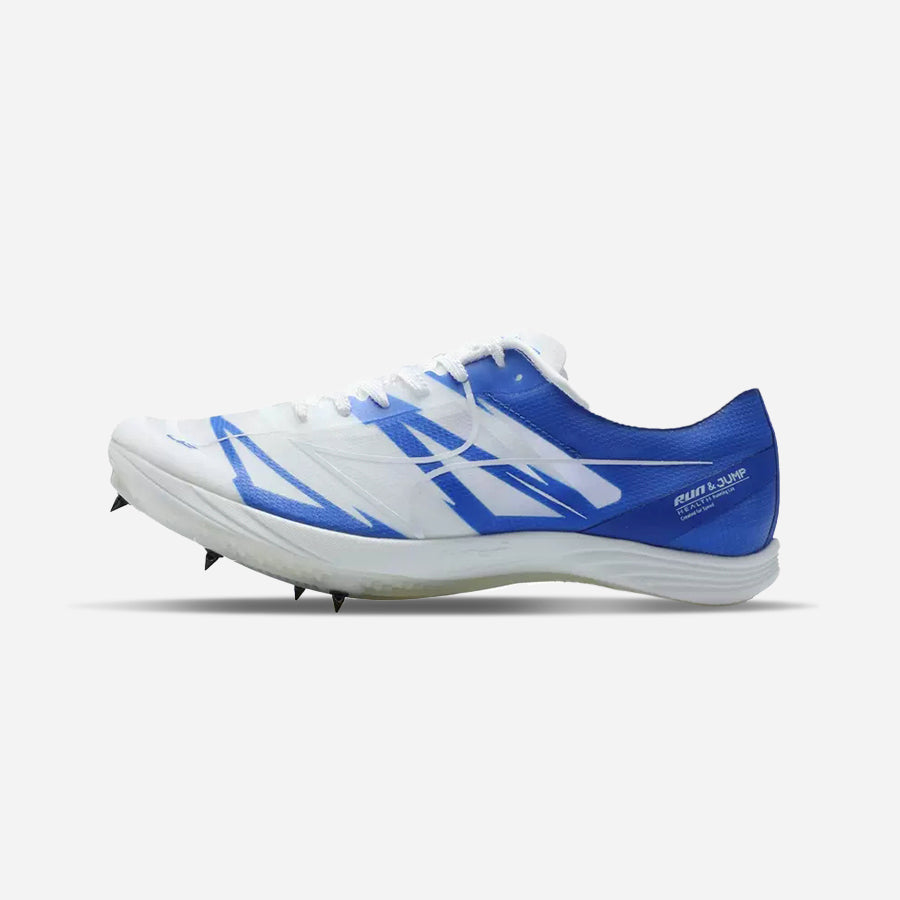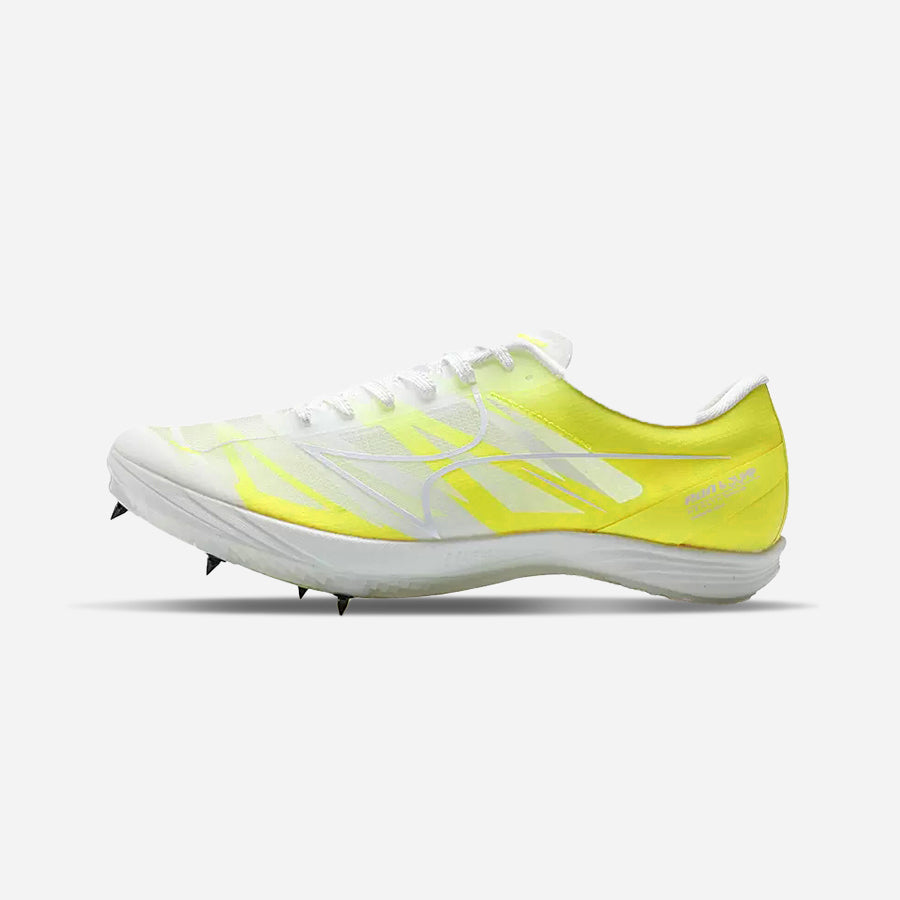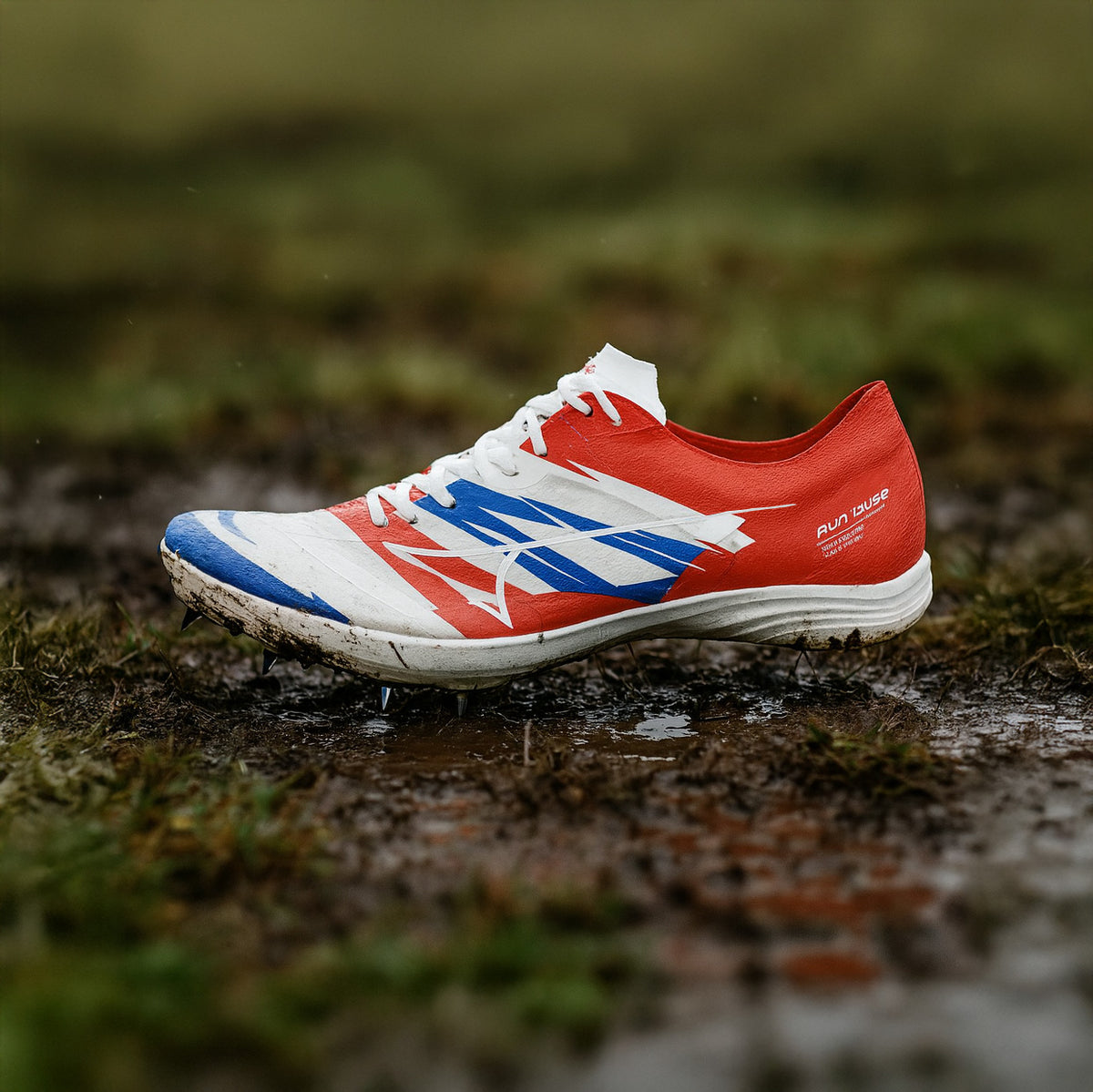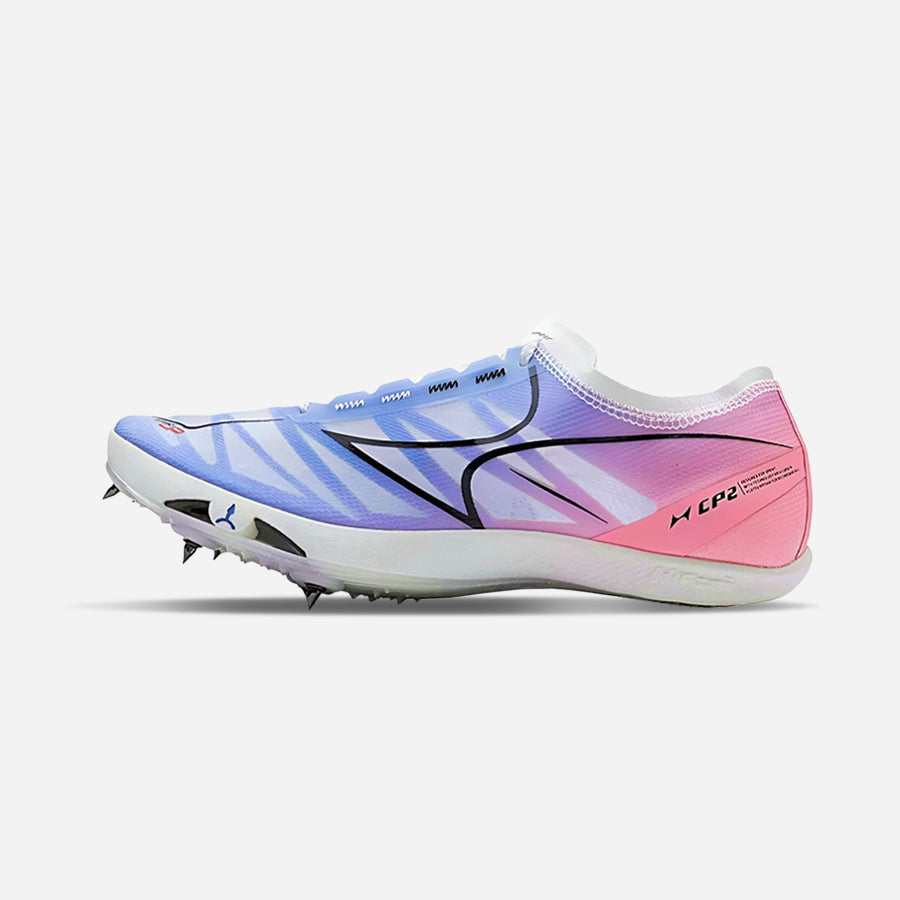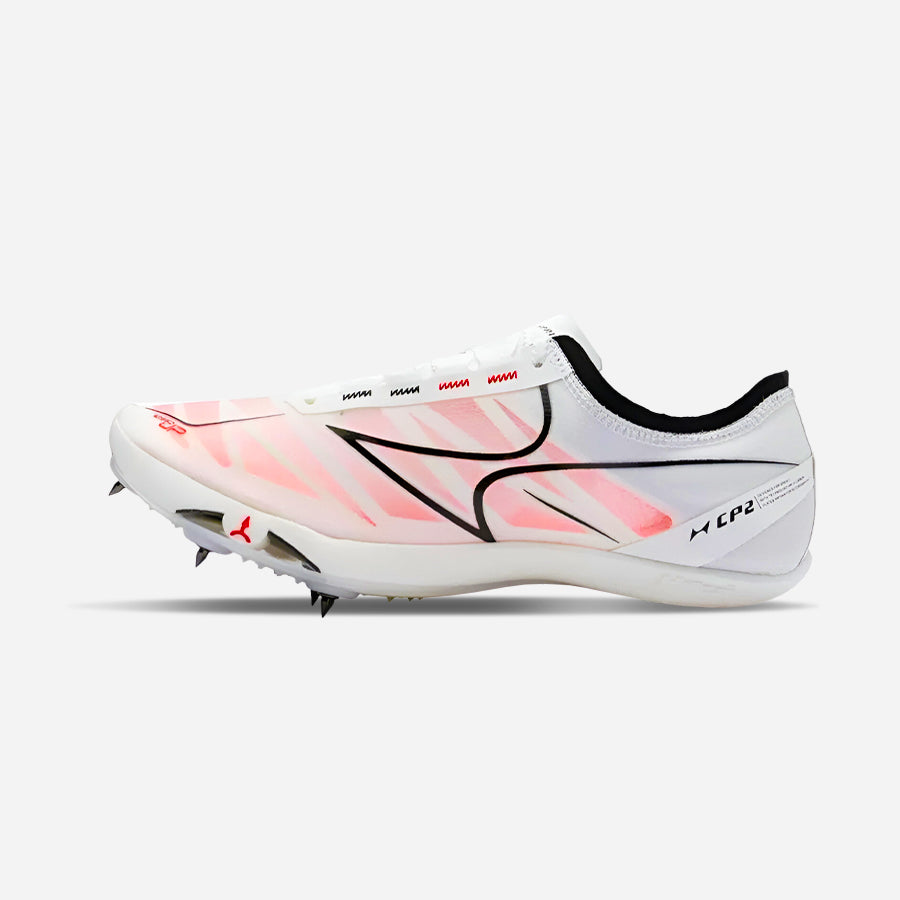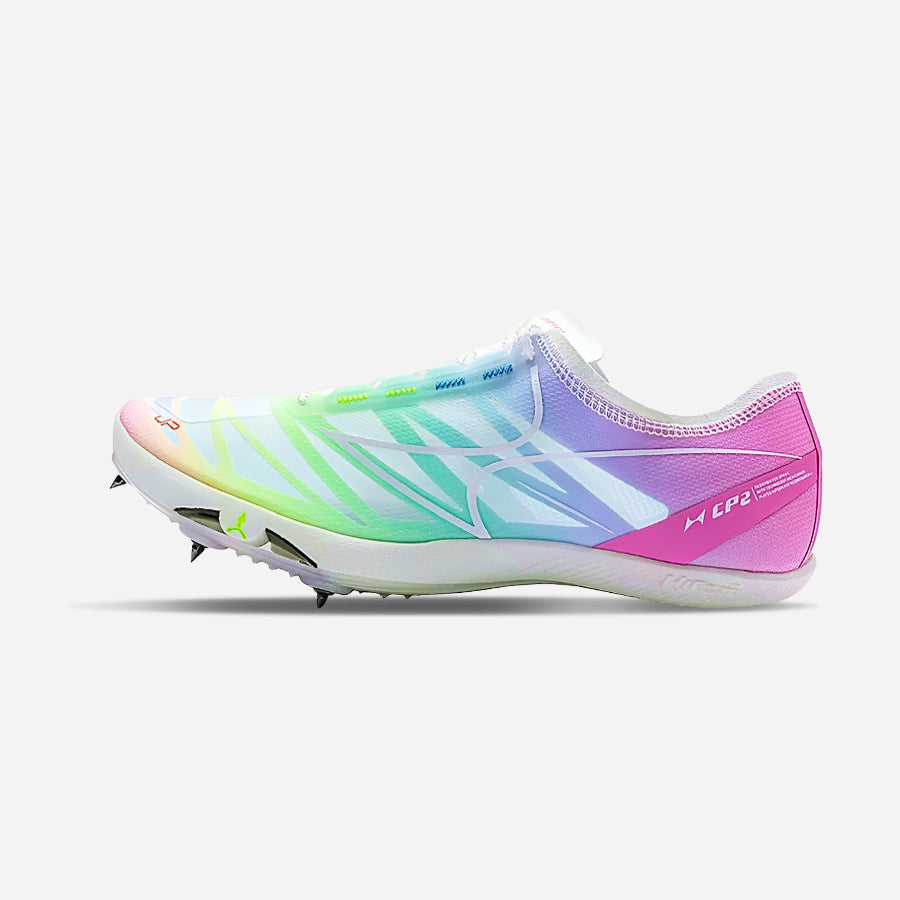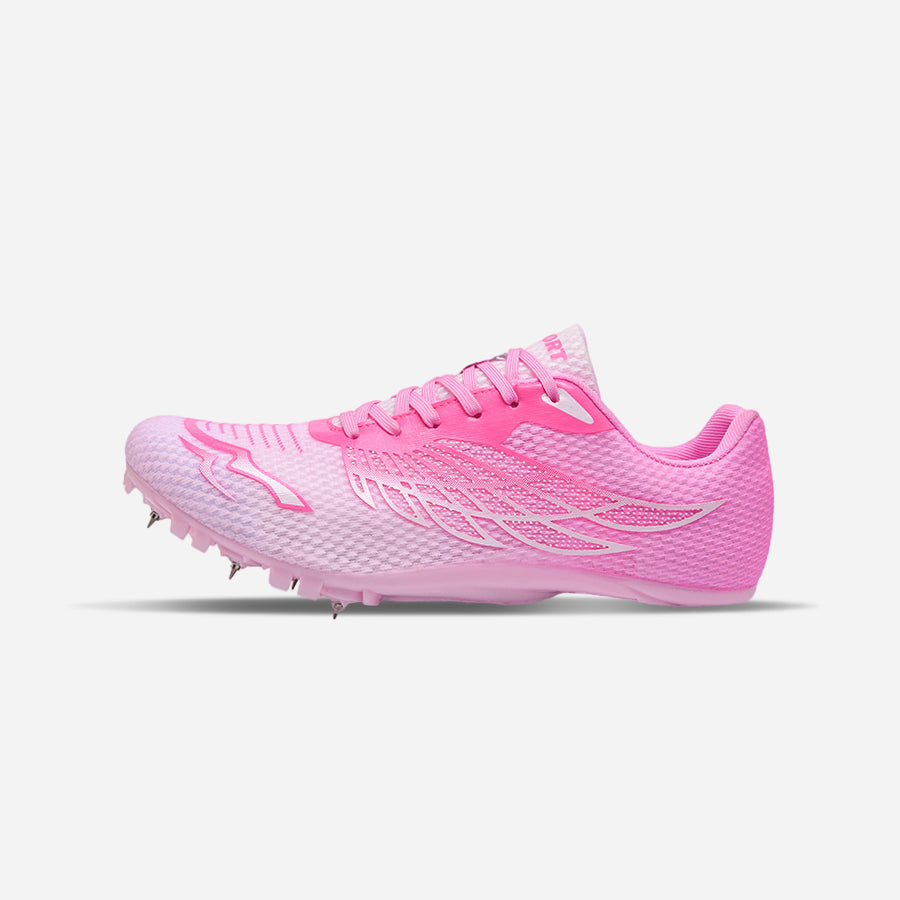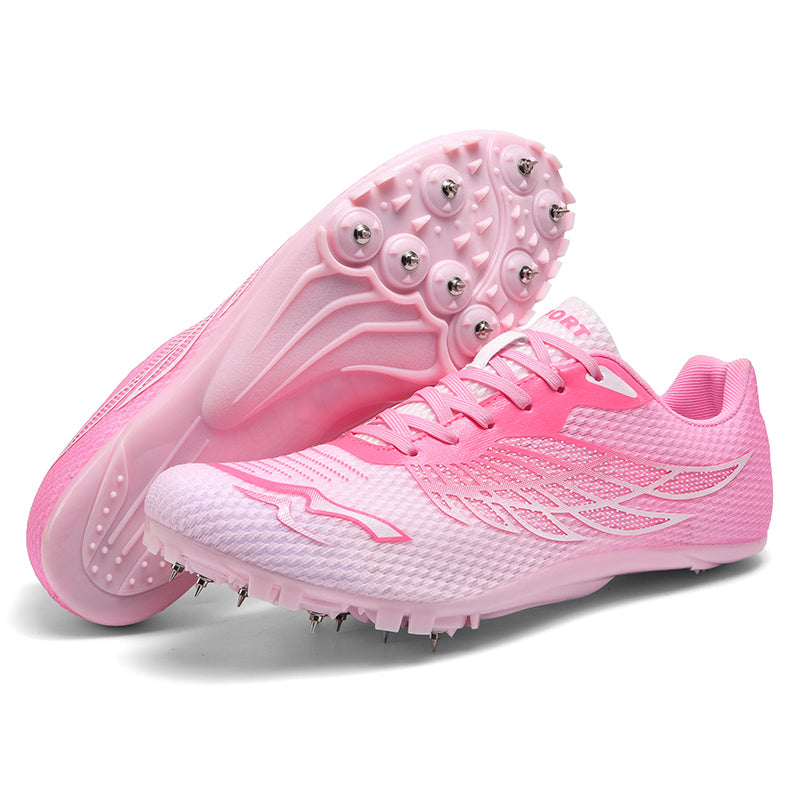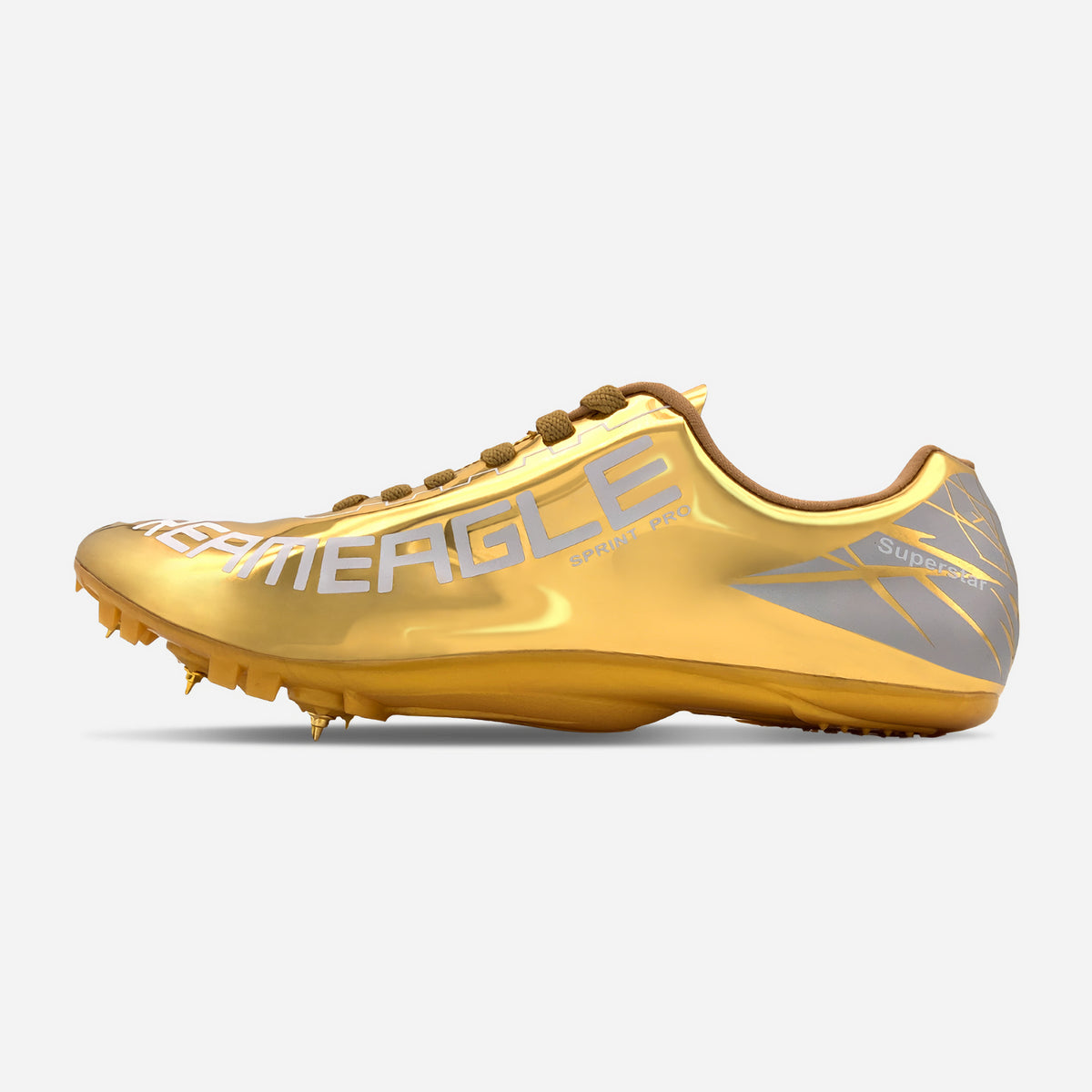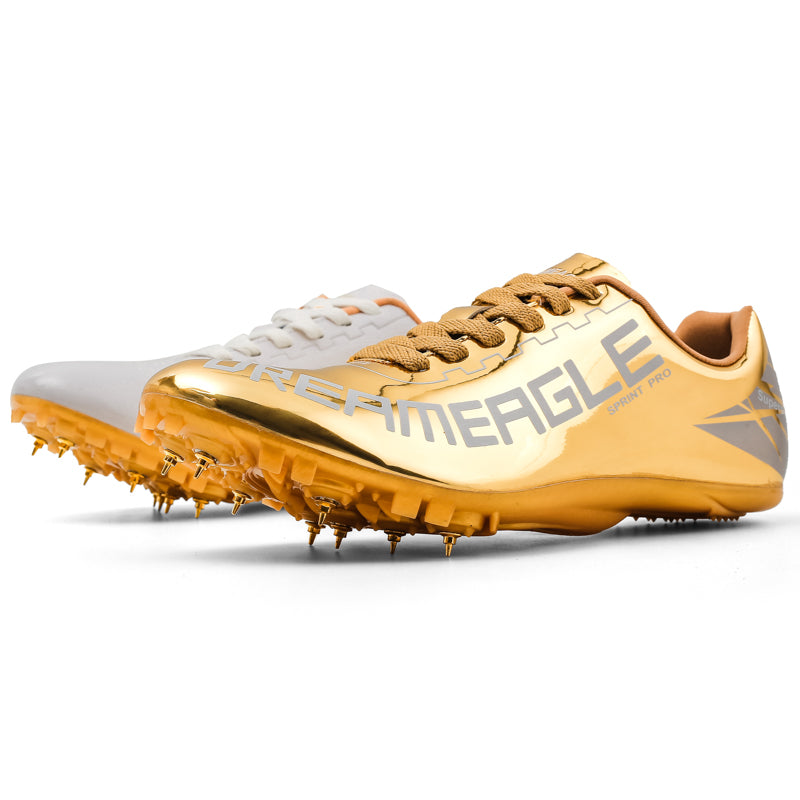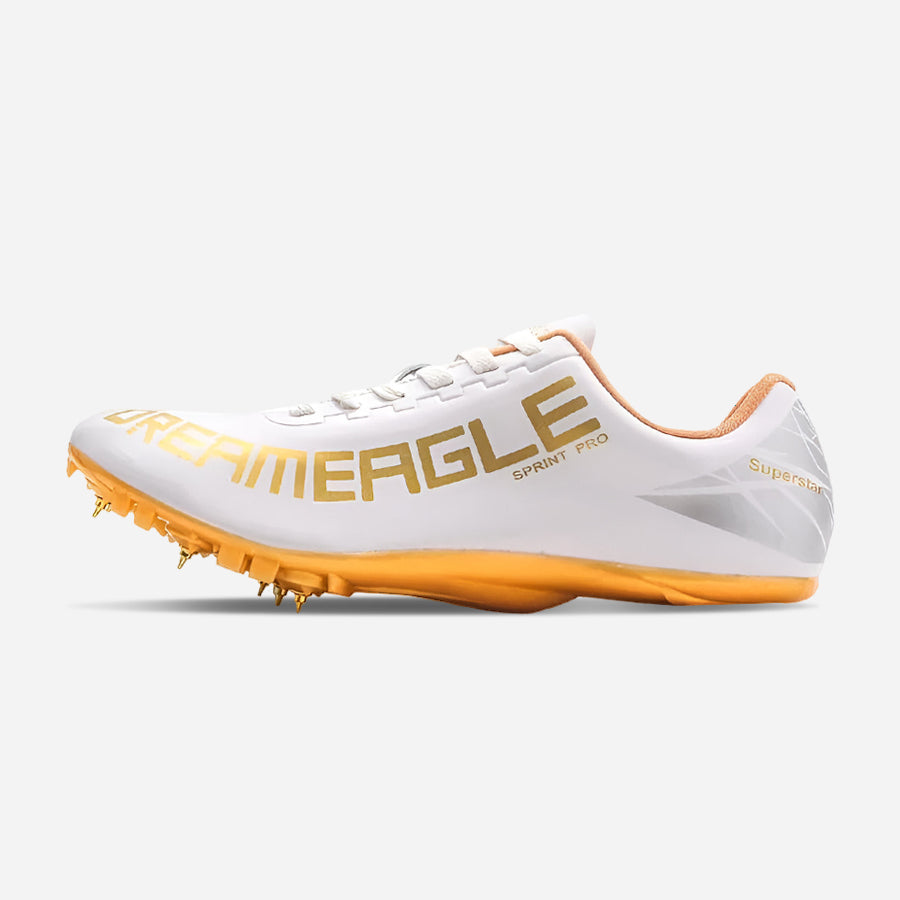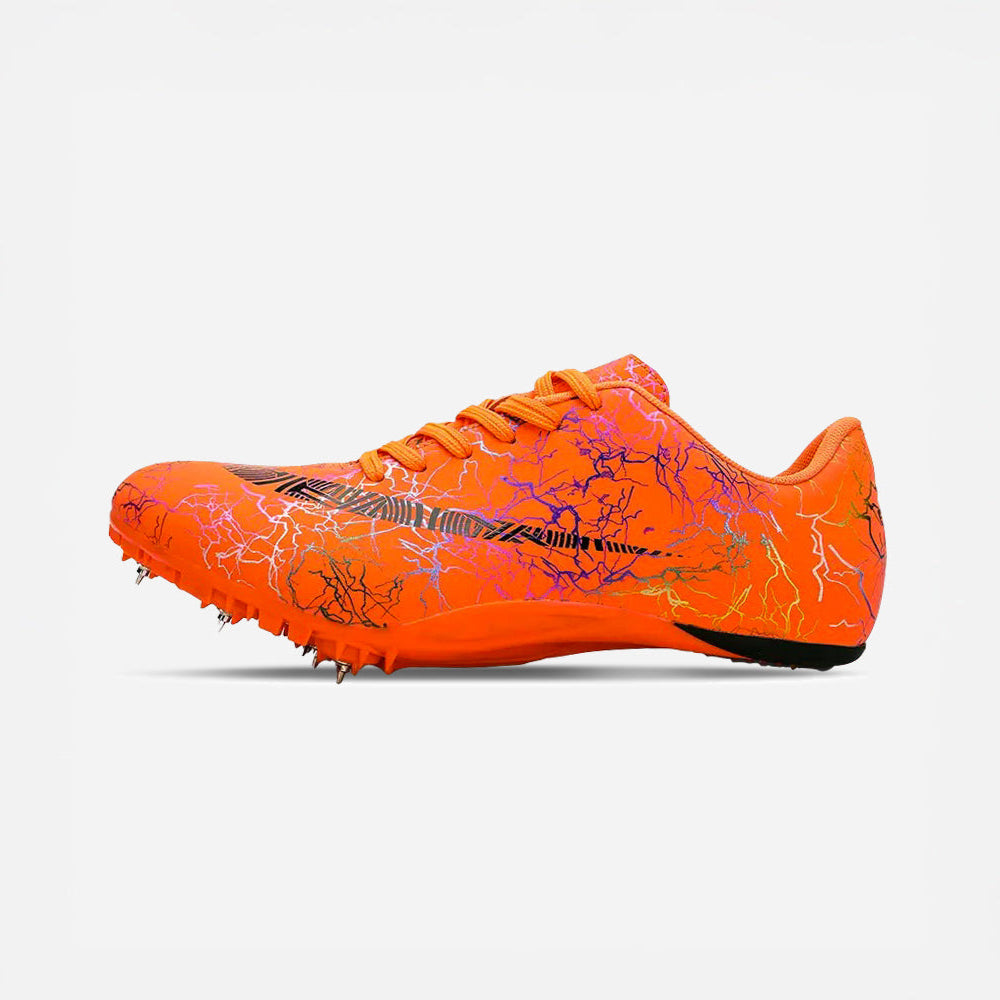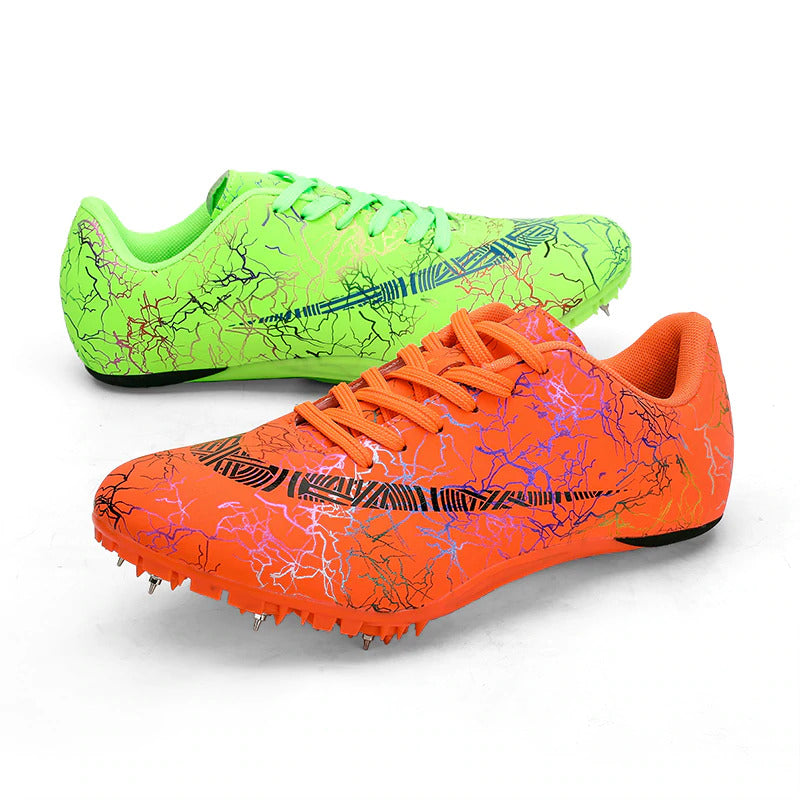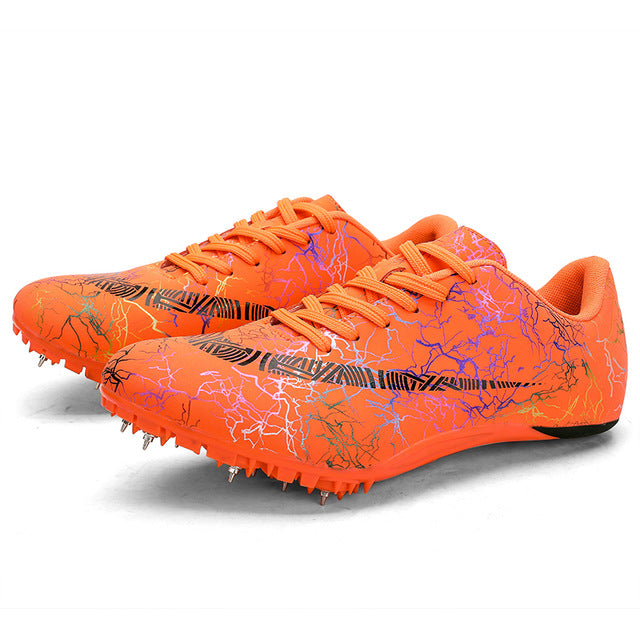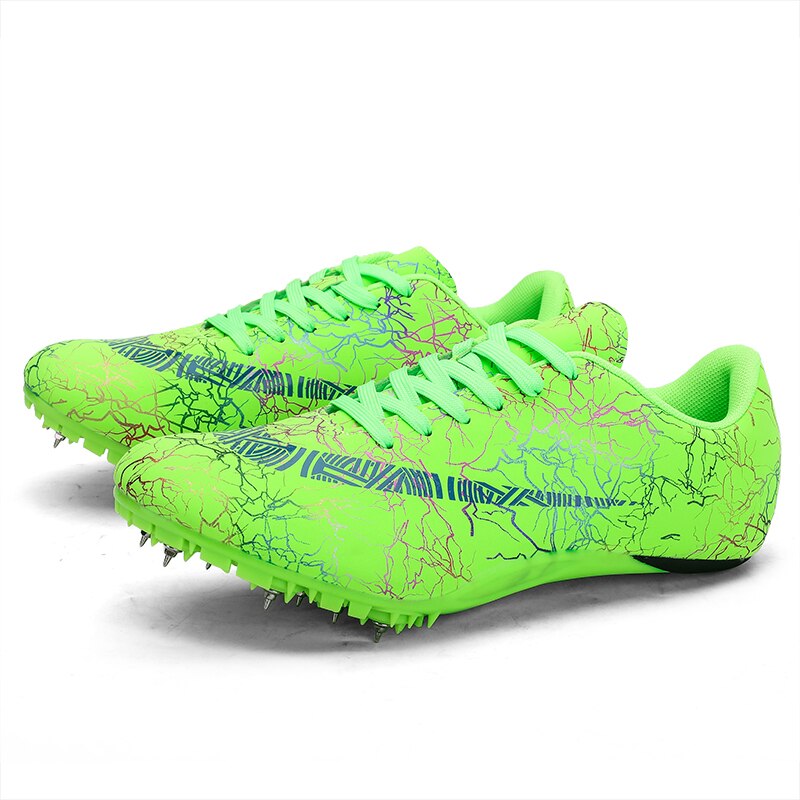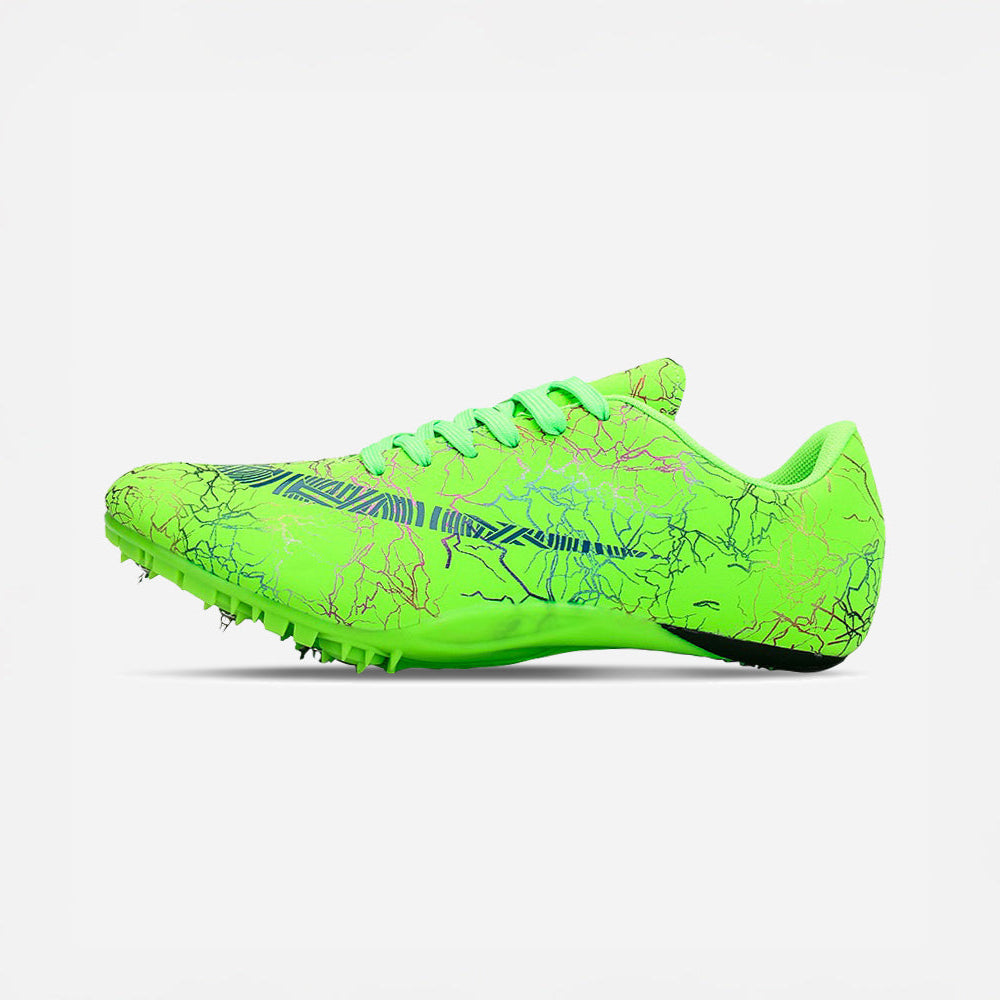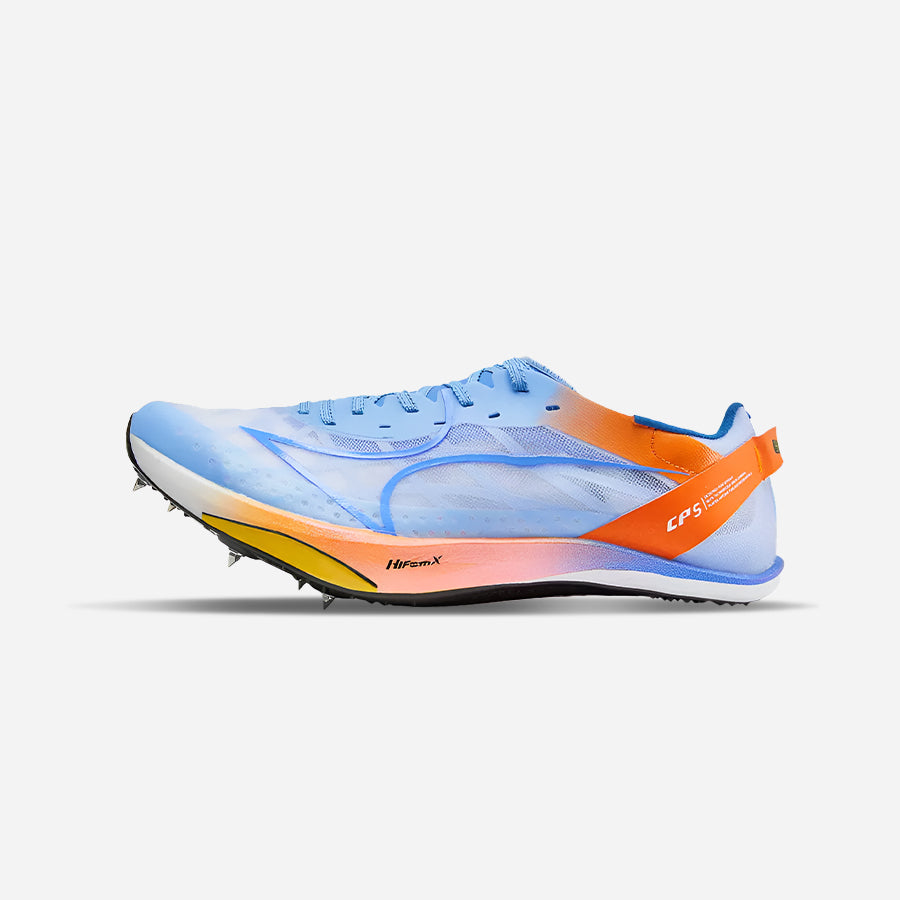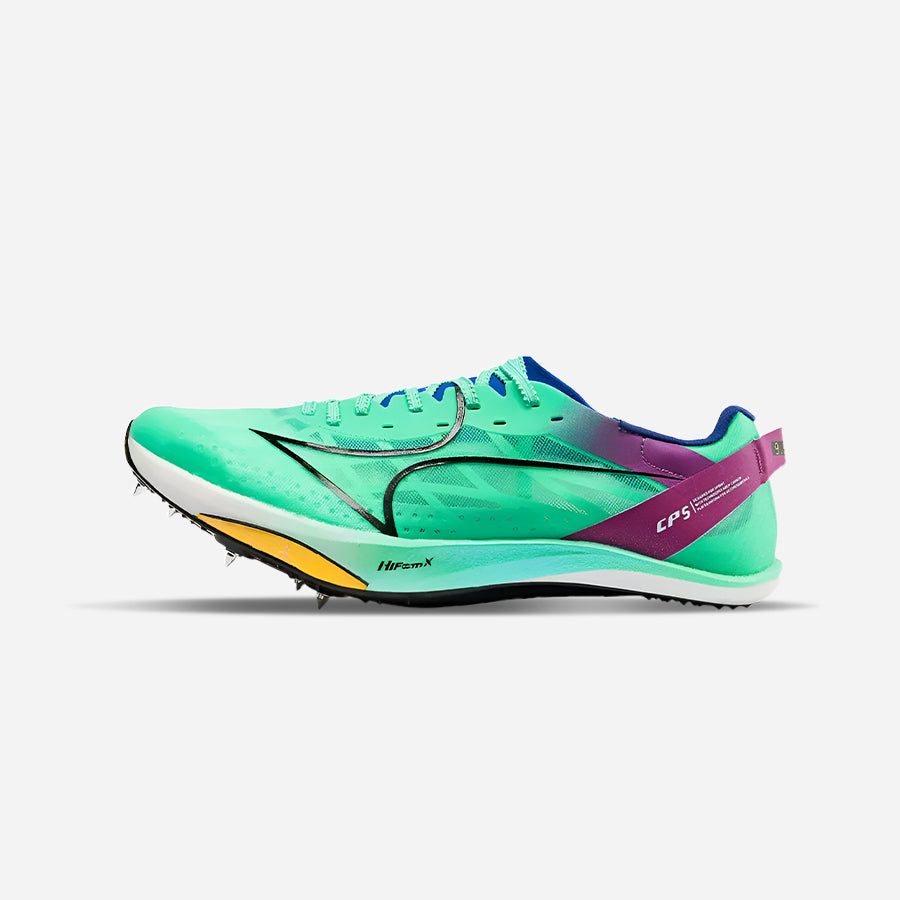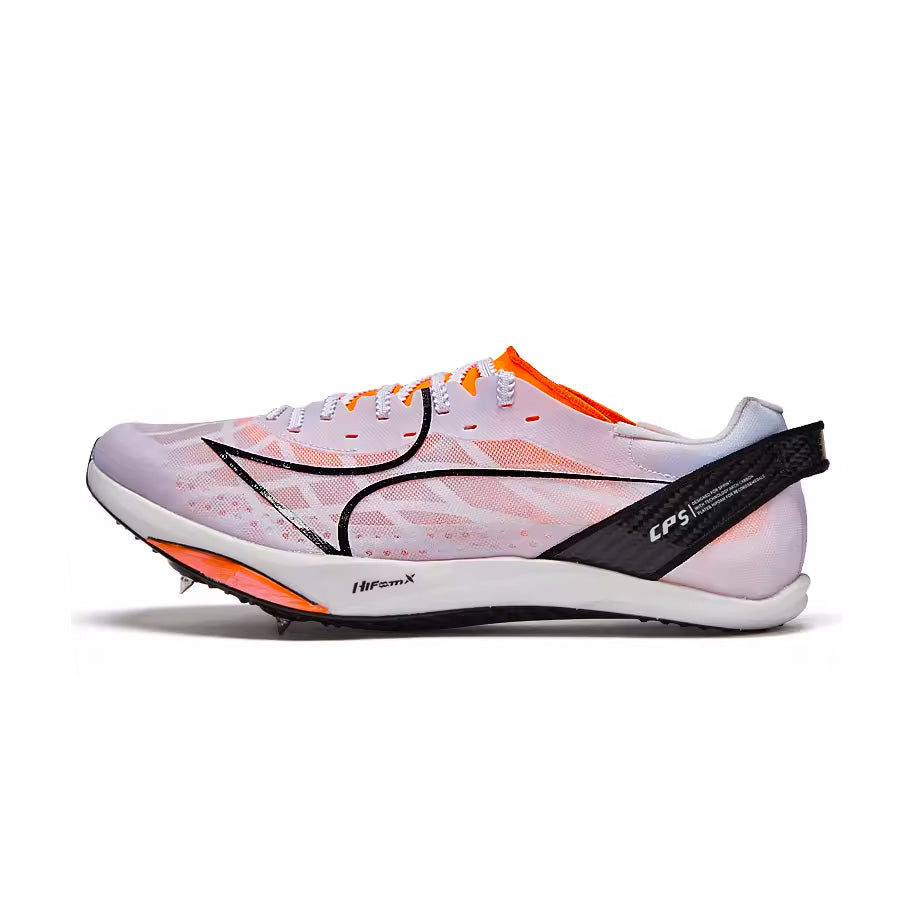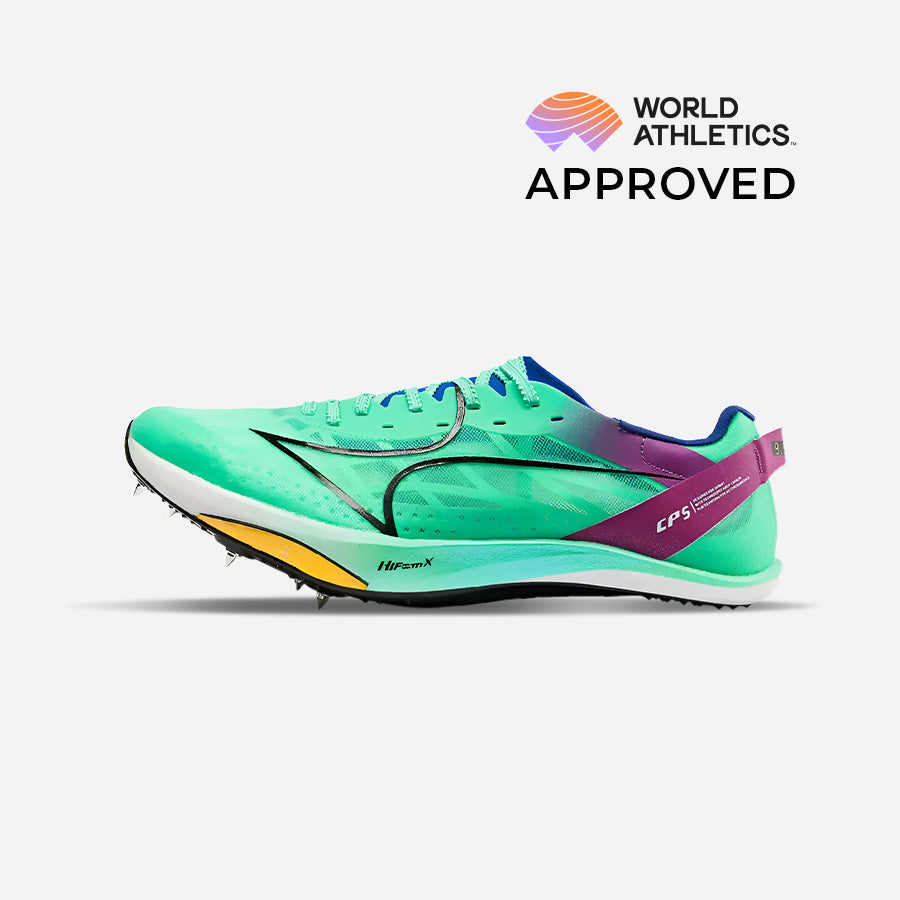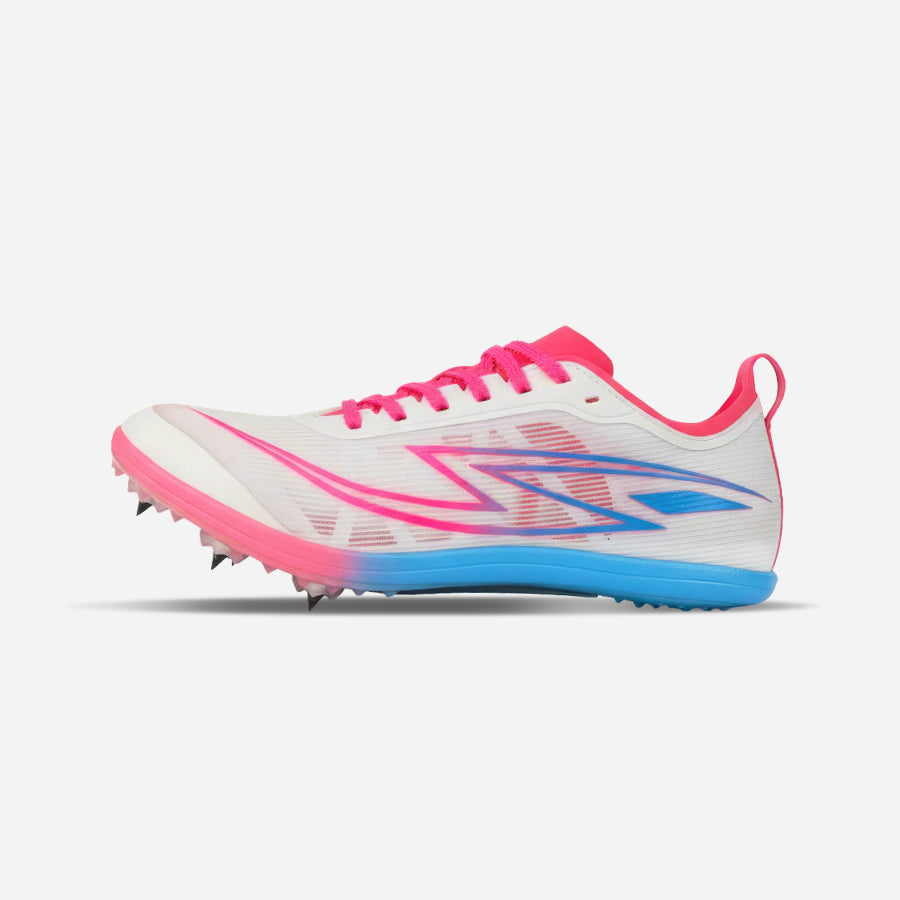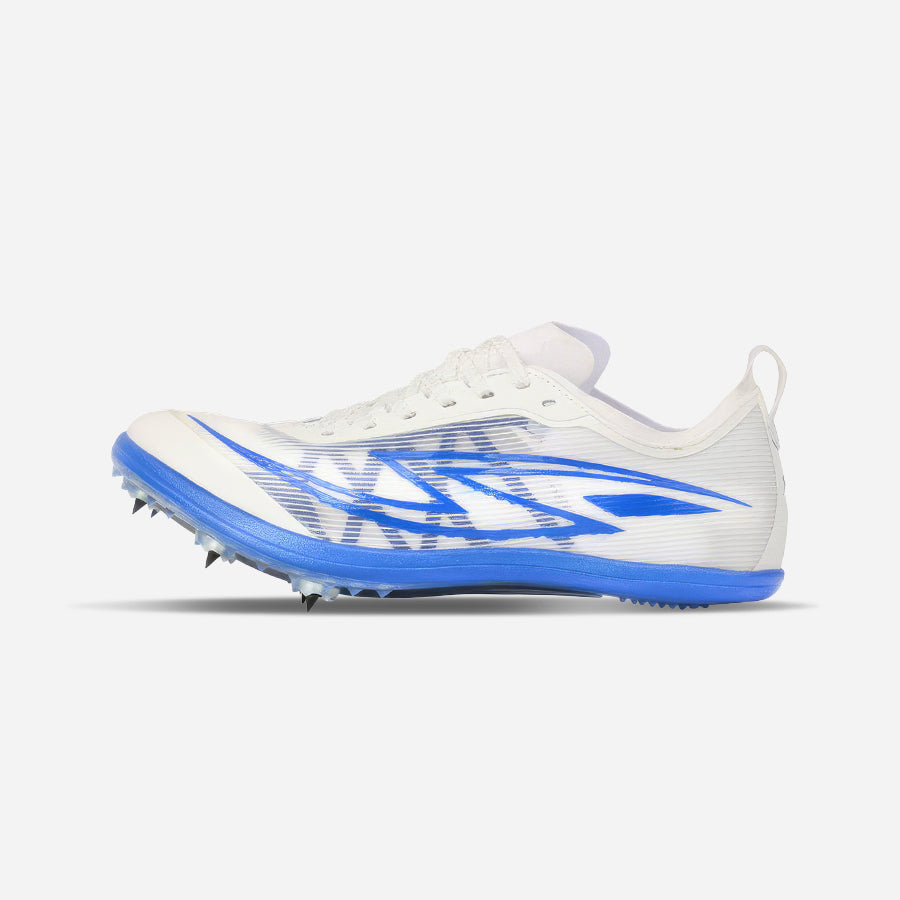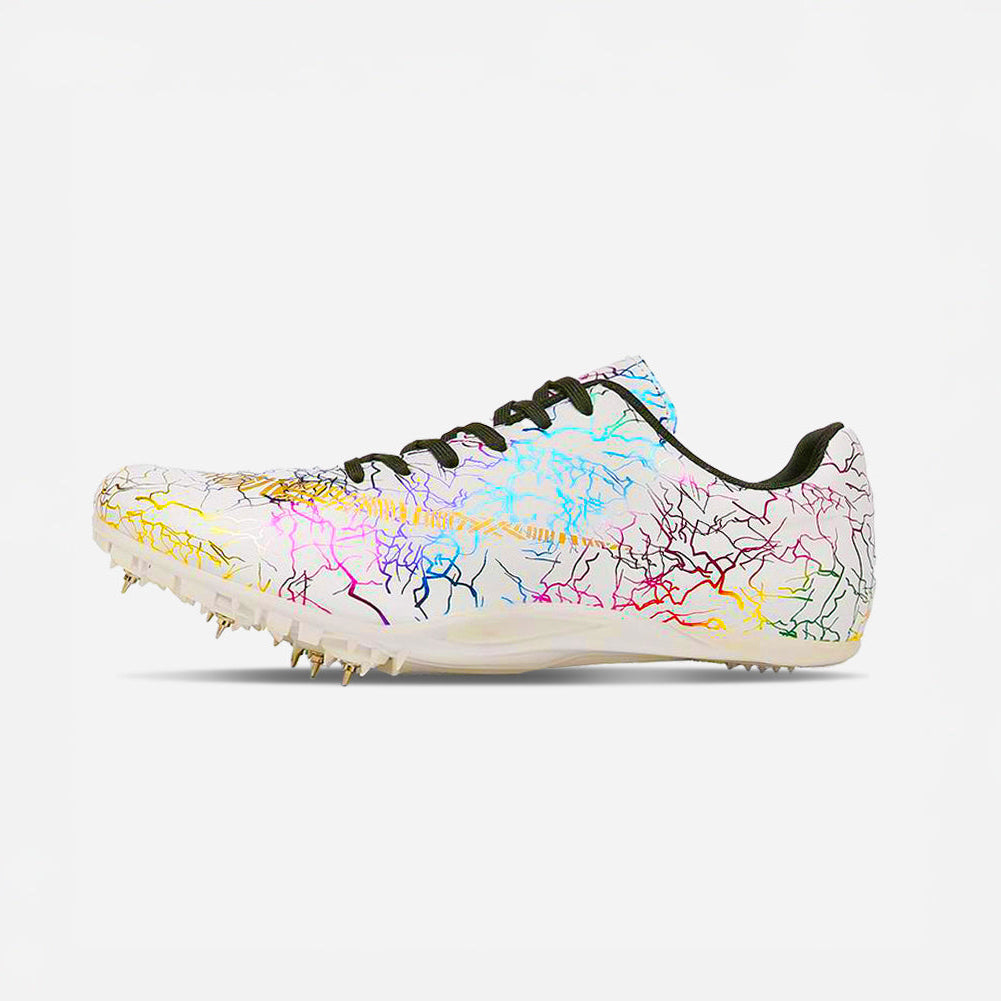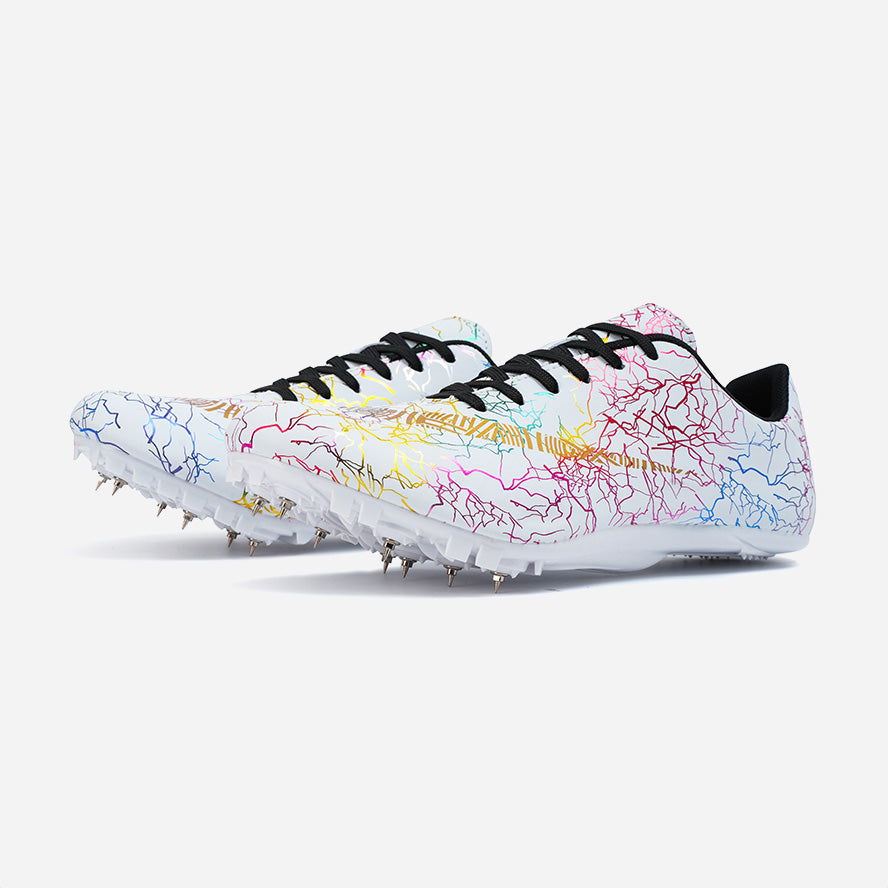Cross Country Spikes
Discover premium cross country spikes for XC racing.
Filters
12K+ HAPPY CUSTOMERS





Excellent 4.9





My daughter loves her you track shoes. The customer service experience from start to finish has been exceptional. Would definitely shop with this company again. Keep up the good work team!
Elliot





My son loves these shoes and they look amazing!!! Great quality and price too!!
Naomi





Bought for my daughter and she says they are a perfect fit, comfortable, and different color and looks different than everyone else’s. She loved them.
Carla





I love these shoes! Comfotable right out of the box with the snug fit of a grest spike. They are aggressive and really help propel me down the track. Plus, they look fantastic!
Jeanne





Super good shoes fast and light, love the look and colour!
Þórhildur





Made me improve my pb by 1.35 seconds
Toby





Super light, the carbon plate is strong! I put them on and were like a glove, i havent run on them but i could feel the strong turn over i will get on the track with this baddies. They are beautyful too. I love them!
Maria





Wow, is an understatement!!! My son loves them!!!
Jacqueline





Great spikes! Second pair for my 8 yo!
TC





Amazing came first in all my races
Gill
Cross Country Spikes For Every Terrain
Cross country spikes aren’t just regular running shoes with pins. They’re built for the chaos of XC courses with mud, hills, rocks, wet grass, you name it.
Because the ground changes every few steps, XC shoes have to strike a balance, flexible enough to handle uneven terrain, but still aggressive when it comes to traction. The spikes in this collection are designed exactly for that ready to grip whatever the course throws at you all season long.
Why XC Spikes Beat Regular Running Shoes
Cross country spikes weigh about half as much as your training shoes and some models come in under 5 ounces! Think about it: you take roughly 1,500 steps per mile, so in a typical 5K race, you're lifting and putting down your feet 4,650 times. Every ounce you save translates directly to less energy wasted and faster times.
The metal pins provide crucial grip on slippery surfaces. While your teammates slip and slide in regular shoes, you'll maintain traction through mud puddles, wet grass, and loose dirt. The difference becomes obvious when the course gets challenging.
Understanding Spike Pin Lengths
Pin length makes or breaks your performance depending on conditions. Here's what works best:
8mm pins (5/16") work perfectly for most cross country courses. They provide excellent traction on grass and packed dirt without being too aggressive. This length handles moderate mud well and gives you confidence on varied terrain.
11mm pins (7/16") become your best friend when courses get muddy or extremely soft. The extra length digs deeper into loose surfaces, preventing slippage when the weather turns nasty. Many runners keep both lengths in their bag and decide based on course conditions.
For really extreme muddy conditions, some runners go up to 15mm pins, though these can feel harsh on harder surfaces. Most XC races fall into the 8mm-11mm range depending on weather and course type.
XC Spikes vs Track Spikes
Don't make the mistake of wearing track spikes on cross country courses. Track spikes have rigid plastic plates designed for consistent synthetic surfaces. They'll beat up your feet on uneven terrain and offer poor traction on natural surfaces.
Cross country spikes feature more flexible plates with additional rubber coverage. This design adapts to changing angles and surfaces you encounter while running "nature's racetrack." They also provide more cushioning since XC races typically run longer distances than track events.
Spikes vs Flats Decision
Some runners choose spikeless cross country flats instead of spikes. Flats work better on courses with significant pavement sections or very hard packed dirt. States like California often prohibit spikes in high school races, making flats the only option. An alternative middle ground is using spikeless track spikes.
However, for most traditional cross country courses featuring grass, dirt, and mud, spikes provide a significant advantage. The metal pins grip surfaces where rubber outsoles would slip, especially in wet conditions.
Getting the Right Fit
Cross country spikes should feel snug, almost like slippers. You want about a half thumb width between your longest toe and the shoe front. Too much room causes energy loss from sliding around, while too little room leads to lost toenails!
Unlike training shoes that need breaking in, quality XC spikes should feel comfortable immediately. If they're painful out of the box, they're not the right model or size for your feet.
Spike Maintenance and Replacement
Replace your spike pins every few races to maintain optimal traction. The pins wear down from contact with rocks and hard surfaces, reducing their effectiveness over time.
Inspect the rubber sole regularly for cracks or uneven wear patterns. Quality cross country spikes should last at least two seasons since you only wear them for races and key workouts.
Cross Country Spikes FAQ
What’s the difference between XC spikes and track spikes?
Cross country spikes are built for uneven ground. They have more flexible plates, extra rubber for grip, and a bit more cushioning since XC races are longer. Track spikes are stiff and made for smooth synthetic surfaces. Never wear track spikes on a cross country course you’ll slip and tear them up fast.
What spike length should I use?
For most courses, 8mm pins are the sweet spot — great grip on grass and packed dirt. If it’s muddy or really soft, switch to 11mm pins for more bite. It’s smart to keep both in your bag so you can adapt on race day.
Can I train in XC spikes?
Not daily. XC spikes are racing shoes with minimal cushioning and an aggressive fit. Wearing them for every run can cause injuries. Save them for races and maybe the occasional speed workout on grass. Use your regular trainers for mileage.
How should they fit?
Snug, like a slipper. Aim for about a half-thumb width of space at the toes. They should feel comfortable right away, no break in needed. Too loose and you waste energy, too tight and you’ll risk black toenails.
When should I wear flats instead of spikes?
If the course has long stretches of pavement or is rock hard, flats are safer. Some high school races also ban metal spikes, so check the rules. For grass, dirt, or mud, spikes give you a clear edge.
How long do XC spikes last?
Most runners get at least two seasons out of a good pair since they’re only used for racing. Replace pins every few races, and swap shoes when the rubber sole cracks, wears unevenly, or the fit feels off.
Are expensive spikes worth it?
High end models are lighter, more cushioned, and use premium materials. Great for elite athletes. But mid range spikes perform really well for most runners so unless you’re competing at a high level, you don’t need to overspend.
About the Author - Peter M.
Peter is the founder of TrackSpikes.co and a lifelong track & field athlete. Drawing on years of experience, he’s building a new track spike brand focused on performance, innovation, and elevating athletes through thoughtful design and community impact.








